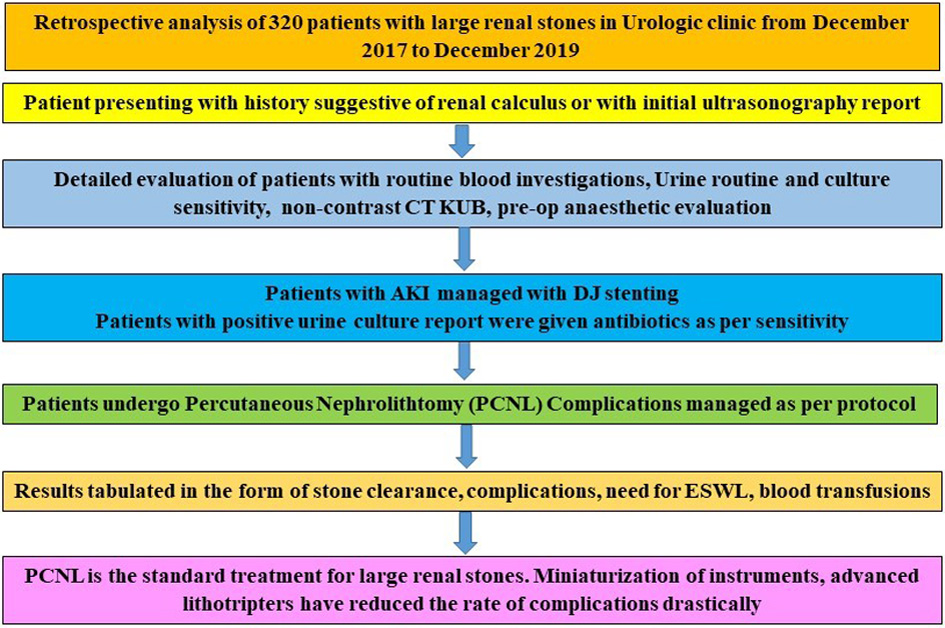
Figure 1. The workflow diagram of the study. PCNL: percutaneous nephrolithotomy; CT: computed tomography; KUB: kidney, ureter, and bladder; AKI: acute kidney injury; ESWL: extracorporeal shock wave lithotripsy.
| World Journal of Nephrology and Urology, ISSN 1927-1239 print, 1927-1247 online, Open Access |
| Article copyright, the authors; Journal compilation copyright, World J Nephrol Urol and Elmer Press Inc |
| Journal website https://www.wjnu.org |
Original Article
Volume 9, Number 2, December 2020, pages 35-39
Outcome of Percutaneous Nephrolithotomy in a Tertiary Care Center in North Karnataka
Figure

Tables
| Characteristics | Results |
|---|---|
| SD: standard deviation; BMI: body mass index. | |
| Age, years, mean ± SD (range) | 36.4 ± 11.8 (18 - 74) |
| Sex, n (%) | |
| Male | 246 (76.87) |
| Female | 74 (23.13) |
| Hemoglobin (g/dL), mean ± SD | 12.5 ± 1.2 |
| BMI (kg/m2), mean ± SD | 28.5 ± 5.2 |
| Stone location, n (%) | |
| Right kidney | 172 (53.75) |
| Left kidney | 148 (46.25) |
| Stone size (mean ± SD) | 2.8 ± 1.2 |
| Stone type, n (%) | |
| Complete staghorn stone | 26 (8.13) |
| Partial staghorn stone | 14 (4.37) |
| Multiple non-staghorn stones | 80 (25) |
| Single stone | 200 (62.5) |
| Hounsfield unit | 1,205.4 ± 204.6 |
| Access puncture | Results |
|---|---|
| Single puncture, n (%) | 288 (90) |
| Lower calyx | 188 (58.75) |
| Middle calyx | 70 (21.88) |
| Upper calyx | 30 (9.37) |
| Multiple punctures, n (%) | 32 (10) |
| Two punctures, n (%) | 29 (9.06) |
| Lower and middle calyx | 15 (4.68) |
| Lower and upper calyx | 7 (2.19) |
| Upper and middle calyx | 7 (2.19) |
| Three punctures, n (%) | 3 (0.94) |
| Stone type | Number of cases | Complete clearance (%) | Number of cases with residual fragments | |
|---|---|---|---|---|
| < 5 mm | > 5 mm | |||
| PCNL: percutaneous nephrolithotomy. | ||||
| Complete staghorn stone | 26 | 18 (70%) | 2 | 6 |
| Partial staghorn stone | 14 | 12 (85.71%) | 0 | 2 |
| Multiple non-staghorn stones | 80 | 73 (93%) | 3 | 4 |
| Single stone | 200 | 192 (96%) | 7 | 1 |
| Total | 320 | 295 (92.18%) | 12 (3.75%) | 13 (4.06%) |